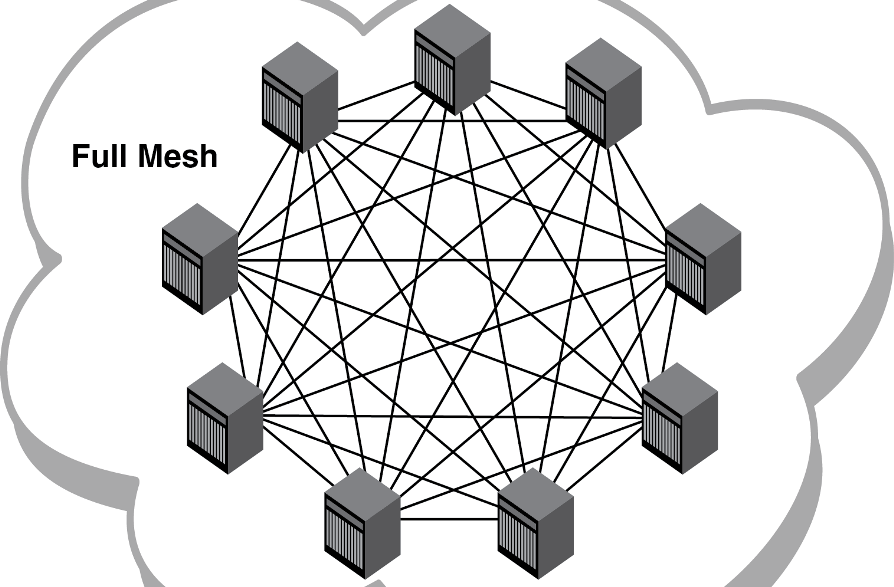What Is Mesh Topology? Advantages And Disadvantages Of Mesh Topology
 Short Bytes: Mesh Topology is not so commonly used network topology. But the Mesh topology is still followed in certain circumstances like a point to point connection or all points to all connections etc. We will later see more about this topology in the discussion and article below. It’s the next topic we are discussing in our network tutorial guide.
Short Bytes: Mesh Topology is not so commonly used network topology. But the Mesh topology is still followed in certain circumstances like a point to point connection or all points to all connections etc. We will later see more about this topology in the discussion and article below. It’s the next topic we are discussing in our network tutorial guide.
fter covering bus topology, star topology and ring topologyunder different types of network topologies in the previous articles, the time has come when we move forward to the mesh network topology.
What is Mesh Topology?
A mesh topology is a network topology in which all the network nodes are individually connected to most of the other nodes. There is not a concept of a central switch, hub or computer which acts as a central point of communication to pass on the messages.
Unlike other network topologies, it can be divided into two kinds:
- Fully connected mesh topology and,
- Partially connected mesh topology
A fully connected mesh topology has all the nodes connected to every other node. If you know the graph theory, then it is like a fully connected graph where all the nodes are connected to every other node.
On the other hand, a partially connected mesh topology does not have all the nodes connected to each other.
Advantages of mesh topology:
- Each connection can carry its own data load
- It is robust
- A fault is diagnosed easily
- Provides security and privacy
Disadvantages of mesh topology:
- Installation and configuration are difficult if the connectivity gets more
- Cabling cost is more and the most in case of a fully connected mesh topology
- Bulk wiring is required
Comments
Post a Comment